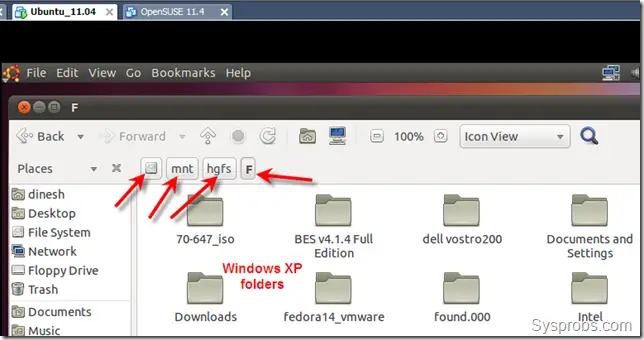

If you’re building the installer on macOS, you can build a full installer instead of just a recovery, which will mean that macOS won’t have to download Monterey files during installation, and so won’t require an Internet connection. Although we’re putting it in the ISO directory so that we can use it with Proxmox’s ISO picker later, this a raw disk image rather than a true ISO. Upload this file to your Proxmox’s ISO store directory (typically /var/lib/vz/template/iso). This will download the Monterey installer from Apple’s software distribution servers and build a Monterey-recovery.img file for you. Now in the Terminal, from the root of OSX-KVM, run: cd scripts/monterey If you’re building the ISO on Linux, you instead need to run this command (these are the package names for Ubuntu or similar distributions, they may need adjustment on other distributions): sudo apt install qemu-utils make If you will be building the installer ISO on macOS, open up the Terminal and run this command to install the commandline tools: xcode-select -install Modern AMD CPUs also support SSE 4.2 and will work with this guide.ĭownload my copy of the OSX-KVM repository using the download button, and unzip it:įirst we need to install some build requirements. Older CPUs will cause Illegal Instruction crashes when apps/extensions attempt to use these missing instructions.

Your Proxmox host computer’s CPU must support SSE 4.2, so for Intel your CPU must be at least as new as Nehalem, which was the first CPU generation to bear the “Core” i5/i7 branding. You also need a real Mac available in order to fetch the OSK key. I’ll assume you already have Proxmox 7 installed. You can get the full sourcecode of my OpenCore release on my GitHub here.

This tutorial for installing macOS 12 Monterey has been adapted for Proxmox from Kholia’s OSX-KVM project and Leoyzen’s OpenCore configuration for KVM.


 0 kommentar(er)
0 kommentar(er)
